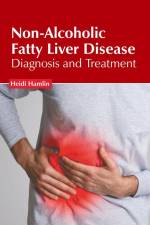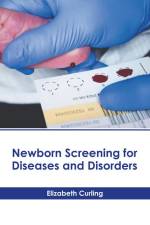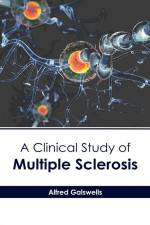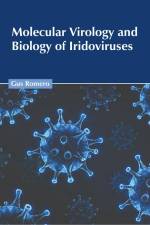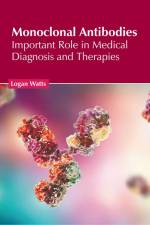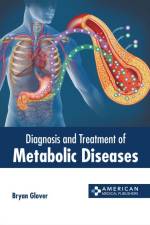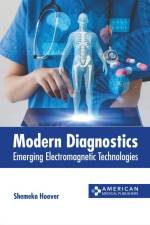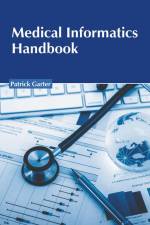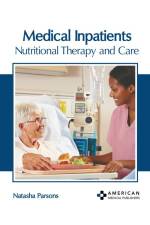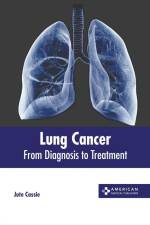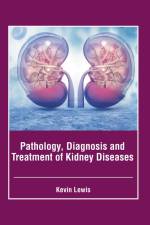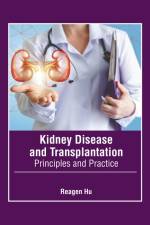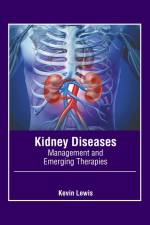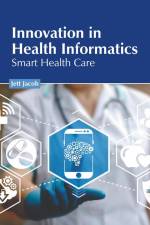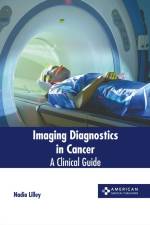av Jett Jacob
1 855
Health informatics, also called medical informatics, refers to the field of study that draws from three main subjects, namely, information science, computer science and health care. It involves the use of resources, devices and methods for acquiring, storing, retrieving and using information for health and biomedicine. In the last few decades, there has been a remarkable progress in information and communication technologies (ICT), which have laid the foundation for innovations in healthcare. The healthcare facilities primarily focus on delivering efficient, patient-centered and sustainable healthcare systems. This has been made possible by extensive use of technologies, such as big data, medical data analytics, artificial intelligence, machine learning, virtual reality, augmented reality, 5G, internet of things (IOT), nanotechnologies and biotechnologies. Some of the important innovations that have dramatically changed health care and informatics include apps that enable communication with healthcare providers, telemedicine, electronic health records, wearable technology, 3D bioprinting, etc. This book is compiled in such a manner, that it will provide in-depth knowledge about the concept of smart health care that includes widespread use of health informatics. Its aim is to present researches that have transformed this discipline and aided its advancement. The book will serve as a reference to a broad spectrum of readers.


